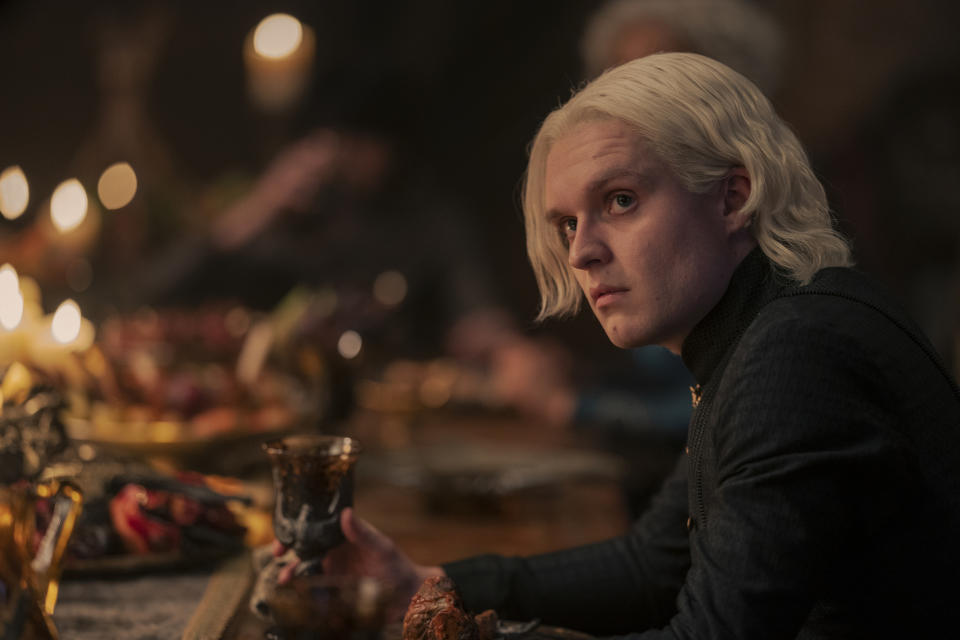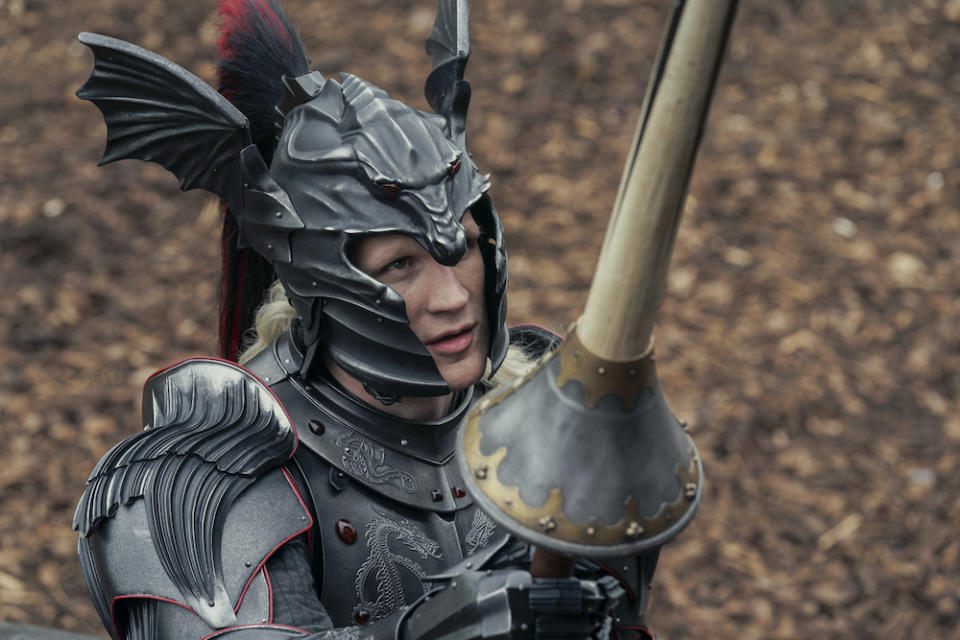How ‘House of the Dragon’ Cut Through Casting with Cheat Codes

Part of the fun of the fantastical world of George R.R. Martin’s Westeros is that it is as exactly as sprawling and Byzantine as our own past, but it preserves all the petty gossip, boneheaded idiocy, and wild sexcapades that get lost in the gloss of Great Man history — and adds dragons for good measure.
But that does not make for an easy show to assemble, especially with pandemic restrictions still in place. “House of the Dragon” casting director Kate Rhodes James and her team had only a limited amount of time to immerse themselves in the (literal) volumes of lore about a War of the Roses-esque civil war among the ruling Targaryen family and hope, in the endless forest of Zoom auditions, they’d catch at least one white hart.
More from IndieWire
“We had a big board and we had the family tree. I drew it and we would just have images of the sort of person we felt would be right in those roles — not literally who we wanted to cast, but just because we needed a visual aid all the time, because the names weren’t guiding us in the beginning,” James told IndieWire. “You had Laena [Nova Foueillis-Mosé] and Laenor [John Macmillan], Rhaenys [Eve Best], Rhaenyra [Emma D’Arcy], Aemond [Ewan Mitchell], Aegon [Tom Glynn-Carney]. It was a constant thing and we weren’t allowed, obviously, to tell anybody who the characters were. So we had to give them codes.”
The visual cues on the family trees acted almost like a mood board, one that created a sense for the casting team of which character inhabited which dynamic of the noble families. And slowly, the casting team began to get a sense of “who felt Targaryen, who felt Lannister, who felt Valyrian,” James said. “[The challenge] was very much just remembering what the bloodline is and where it leads, because the fans are so forensic and so passionate, and quite rightly. Every move that we made was with them in mind. It kept us on our game.”
But finding how the right actors would slot together was freeing in other ways, especially for the Targaryens. The royal house who can ride dragons all come pre-built with a kind of washed white-blonde hair (that’s certainly an upgrade on the Hapsburg chin) that visually makes them look related. “When you’ve got the blonde hair, that’s something that can bring [a family] together very quickly. You can identify that’s from that family and it makes sense,” James said.
It really comes down to a judgment call, according to James, to build a cast that visually relates to each other for a series that takes place in multiple time periods. Emma D’Arcy and Olivia Cooke, who play the debatably more mature but defiitely more empowered versions of rival queens Rhaenyra and Allicent, were cast before their younger counterparts, Milly Alcock and Emily Carey. “So obviously they were guiding us as to where we were going to go,” James said.
But some of the child roles were cast before their adult counterparts, which required James and her team to stretch their intuition about who would be the right fit. “That was very, very tricky,” James said. “But that’s what we do as casting directors. That’s just one step of casting and I think because [nobody normally] sees the effort and the work that goes into it, when they do see the effort, everyone’s very overexcited. They go, ‘Oh my God, this is amazing.’ It’s because you can see what I’ve done. But we put as much thought into every other character [in addition to the children].”

A lot of that effort, especially for the children cast on “House of the Dragon,” took place over Instagram, if for no other reason than because Britain’s population is smaller than that of the United States. “If I had to do a search in America, you’ve got to set aside six months to do that, if not more. I think when they were doing ‘Stranger Things,’ I’m sure Carmen [Cuba, that show’s casting director] said it was a long time invested in that search. You have to do it,” James said. “We’re not as large a country as America, so [with agencies and theater groups] it’s quite efficient how quickly you get through these things.”
Targeting U.K. Instagram led to hundreds of self-tapes, which James and her team whittled down as quickly as they could in their casting window, which, because the production schedule moved around, was sometimes as small as eight weeks. But even so, James and her team tried to do everything they could to get in a room, safely, with the audition finalists.
“It’s not just whether they suit the role. It’s also their temperament, what they’re like when their mother isn’t in the room, it’s all of these things. I can see whether they listen, whether they keep eye contact. Obviously everyone was resistant to that because of COVID. But eventually we got it done,” James said.

The hardest part of the process, however, wasn’t necessarily the logistical challenges. It was the task that can make or break a series: Finding someone to bring to life an iconic character, and in “House of the Dragon,” it was the iconoclastic, dragon-collecting Daemon Targaryen (Matt Smith). “Everyone has an image in their head that they struggle to articulate [of Daemon],” James said. “I need to know what’s in his heart.”
The key to the show’s version of Daemon, according to James, is the rejection he experiences in life; all that he does is a reaction to it, squirming and mercurial though those reactions may be. “This is what’s so brilliant about them investing in the younger versions of Rhaenyra and Allicent, because [the series shows] what the adults do to children, how they destroyed them, which their own parents did,” James said. “We needed somebody that wasn’t obvious.”
James found that Smith not only wasn’t obvious or the kind of actor who emphasizes one clear interpretation for a character’s ultimate goodness or depravity, but had a kind of unpredictability that draws people in and always creates a reaction, even if he’s just leaning against a doorway. “It’s people who [when they] lean in, you lean back. If someone leans back, you go, oh. And that’s what Matt does beautifully,” James said.
Best of IndieWire
Wes Anderson Movies, Ranked: 'Bottle Rocket' to 'Asteroid City'
Where to Watch This Week's New Movies, from 'Blue Jean' to 'Transformers: Rise of the Beasts'
Sign up for Indiewire's Newsletter. For the latest news, follow us on Facebook, Twitter, and Instagram.

 Yahoo News
Yahoo News 
